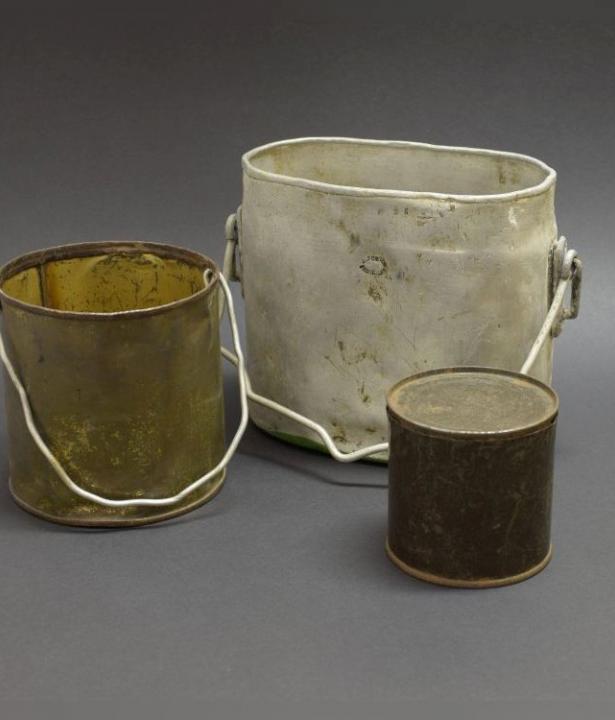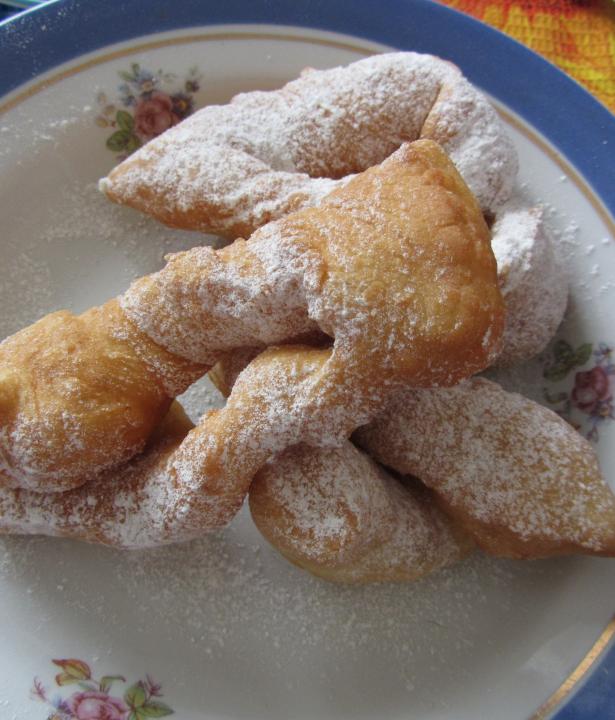The permanent exhibition of the Siebenbürgisches Museum (Transylvanian Museum) presents the more than 900-year-old culture and history of the Transylvanian Saxons in the context of their multi-ethnic and multi-religious surroundings. Seven exemplary thematic areas convey key aspects of the cultural history of the region in present Romania.

view into the room on Transylvanian urban culture with furniture from the 18th century.. Markus Lörz / Siebenbürgisches Museum, CC BY-NC-SA 4.0
view into the room on Transylvanian urban culture with furniture from the 18th century.. Markus Lörz / Siebenbürgisches Museum, CC BY-NC-SA 4.0
Text
The permanent exhibition, which covers an area of around 500 square meters, gives an insight into the almost 900-year-old history and culture of the Transylvanian Saxons in their ancestral territory in the Carpathian Arch. The thematic aspects are individually assigned to different rooms. The theme rooms are arranged around a central room on "Land and People", which presents a general introduction and overview. The concept for the exhibition dates back to 1996. Individual theme rooms have been redesigned and adapted to the changing requirements of social reception over the course of time.
In 2006, an important room looking at the traditional way of life of the Transylvanian Saxons was created. The focal point is on neighborhood life. This was of central importance as a "protodemocratic" institution that took care of social security, mutual assistance and ensured public order in the Transylvanian-Saxon communities. Here there is also a complementary section that looks at brother and sisterhoods, including their rituals and significance for the Transylvanian-Saxon community.
The adjoining room presents the traditional Transylvanian caste system from peasants to princes in the form of a pyramid. Opposite this, a historical marketplace scene has been set up, which illustrates how the interethnic economic and cultural networks of relationships worked. A media station provides information about the region's many different traditional costumes and their significance in life and society, while the exhibits on rural and urban life cast a spotlight on everyday culture and representational behavior in town and country.
The room entitled "Ecclesiastic Life/Sacred Art" features sacred works of art from the late Middle Ages to the 19th century and a media station providing information on the fortified churches typical of Transylvania. This room also deals with the role of the church in everyday life.
In 2006, an important room looking at the traditional way of life of the Transylvanian Saxons was created. The focal point is on neighborhood life. This was of central importance as a "protodemocratic" institution that took care of social security, mutual assistance and ensured public order in the Transylvanian-Saxon communities. Here there is also a complementary section that looks at brother and sisterhoods, including their rituals and significance for the Transylvanian-Saxon community.
The adjoining room presents the traditional Transylvanian caste system from peasants to princes in the form of a pyramid. Opposite this, a historical marketplace scene has been set up, which illustrates how the interethnic economic and cultural networks of relationships worked. A media station provides information about the region's many different traditional costumes and their significance in life and society, while the exhibits on rural and urban life cast a spotlight on everyday culture and representational behavior in town and country.
The room entitled "Ecclesiastic Life/Sacred Art" features sacred works of art from the late Middle Ages to the 19th century and a media station providing information on the fortified churches typical of Transylvania. This room also deals with the role of the church in everyday life.
Text
Following on from this, the exhibition area "Childhood and Schooling", which was redesigned in 2006, reflects the role of school in the identity of Transylvanian Saxons and the role of the child in Transylvanian society. It also provides an insight into the Transylvanian-Saxon school system initiated by the reformer Johannes Honterus in the middle of the 16th century and its principles of shared responsibility for pupils based on humanistic ideals, the so-called "Coetus". The section "Old Homeland, New Homeland" deals with the concept of home and the history of migration of Transylvanian Saxons after 1945.
The upper floor of the museum is reserved for the display collection (silver and goldsmiths' works, pewter, ceramics and glass). Another room presents textile art.
The upper floor of the museum is reserved for the display collection (silver and goldsmiths' works, pewter, ceramics and glass). Another room presents textile art.
Externe Links
External Image








